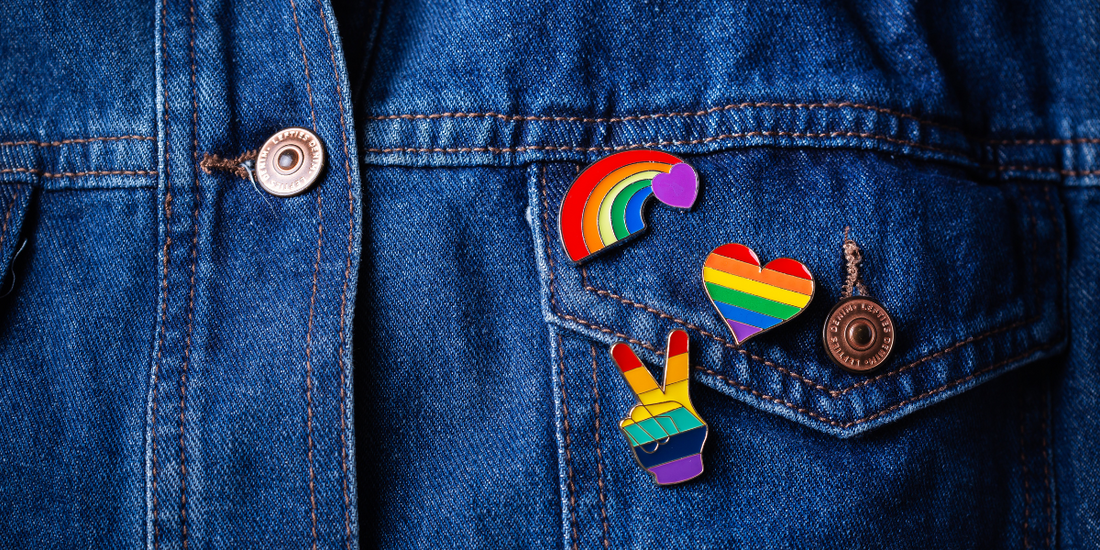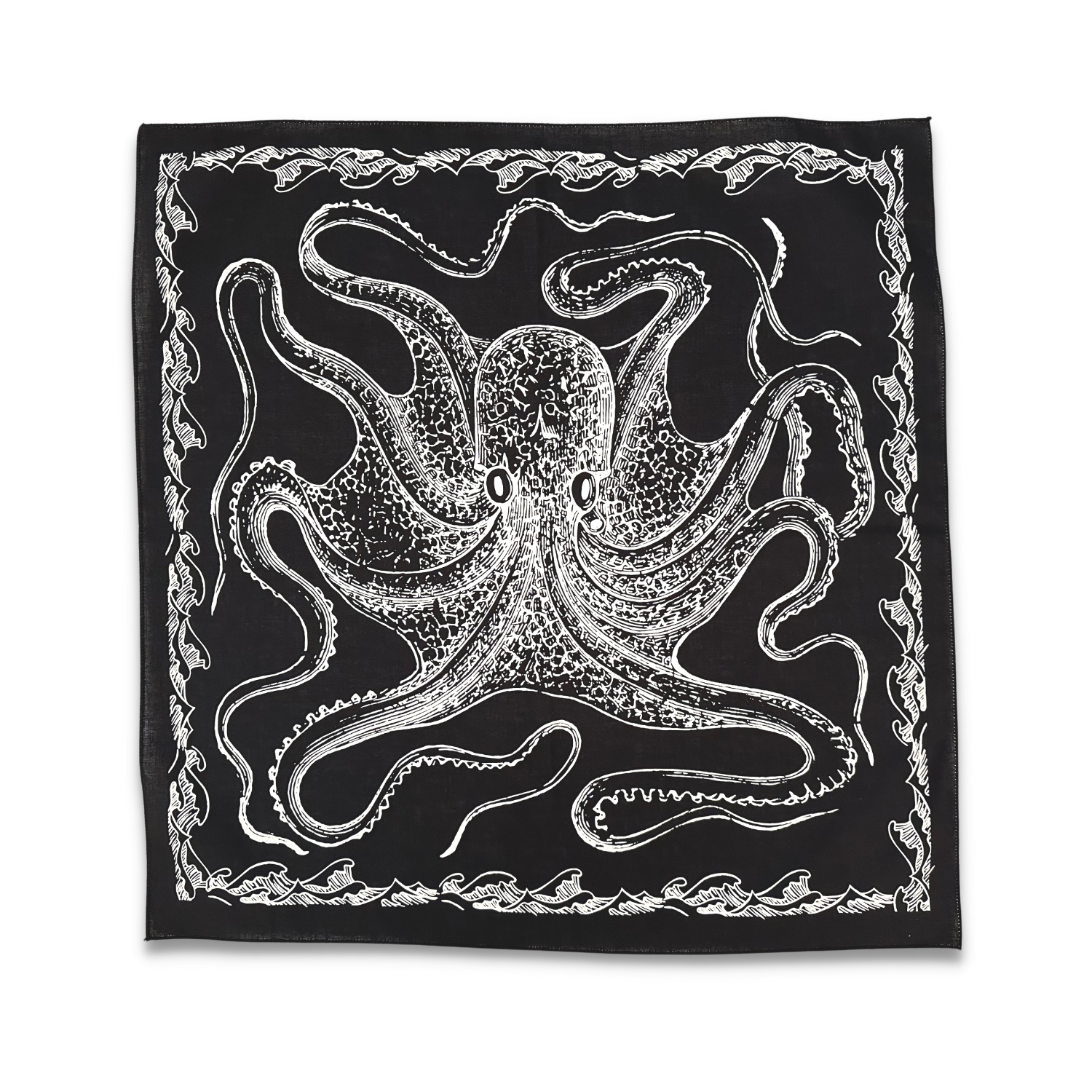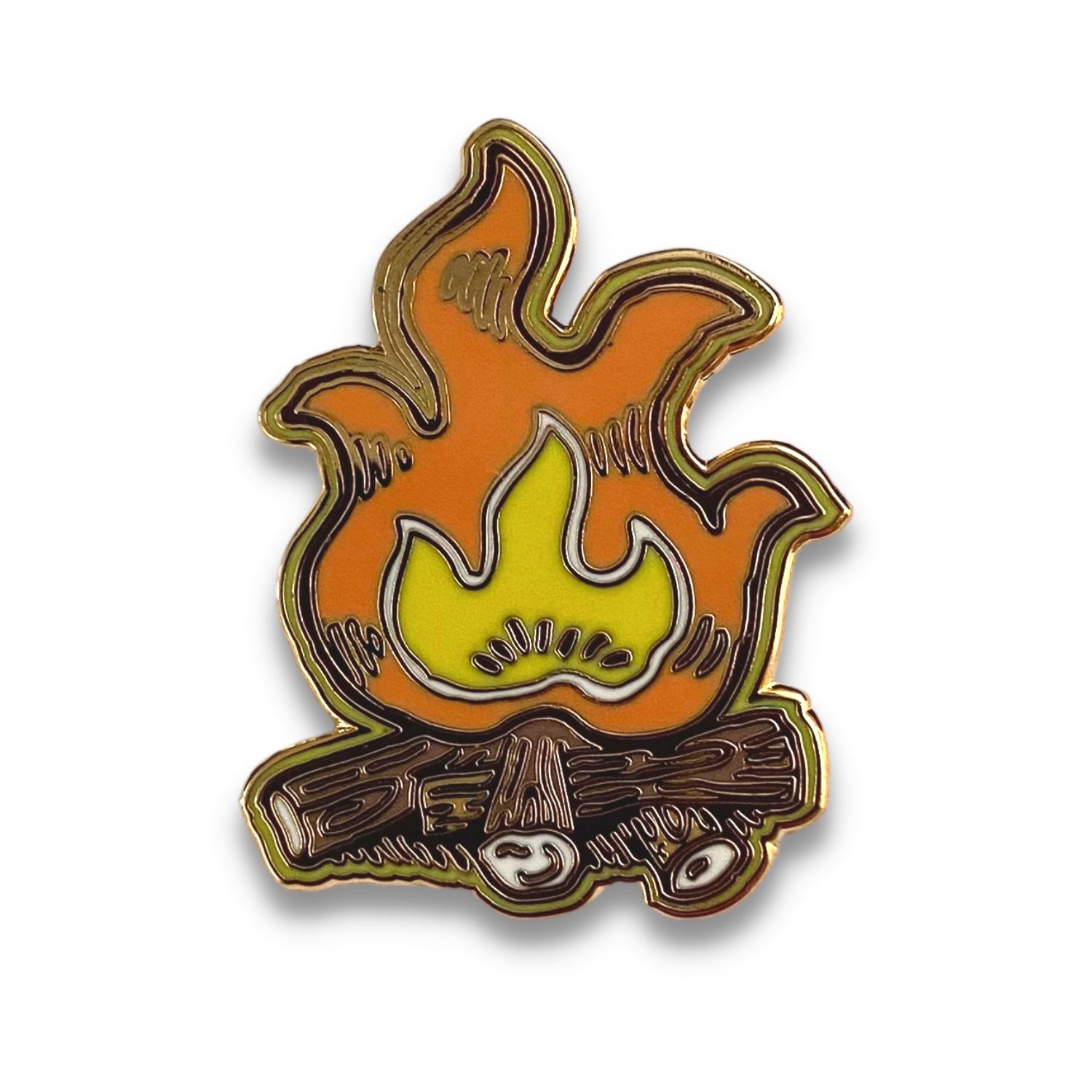Enamel pins have taken the world of fashion and personal expression by storm. These small, decorative accessories have a history dating back over a century and have evolved into a modern-day art form, cherished by collectors, musicians, artists, and enthusiasts alike. In this article, we'll take a closer look at enamel pins, their origins, how they're made, and why they've become such a beloved means of self-expression.
A Brief History
Enamel pins first gained popularity in the 13th century when they were used as a sign of belonging to a particular group or organization. They were often worn as symbols of honor, achievement, or affiliation. Over time, enamel pin-making techniques evolved, and they became more accessible to the general public.
The Anatomy of an Enamel Pin
Enamel pins are typically made of metal, with a design embossed or engraved into the surface. The pins can be crafted from various metals, such as brass, copper, or iron, which are then plated with gold, silver, or other finishes to achieve the desired look. The real magic, however, lies in the colorful enamel fill.
Enamel is a glass-like substance that, when heated to high temperatures, melts and flows into the recessed areas of the pin's design. This process creates a smooth, glossy surface with vibrant colors. The pin is fired in a kiln multiple times to ensure durability and color brilliance.
A Canvas for Creativity
What makes enamel pins truly remarkable is their potential for creative expression. Artists, musicians, and designers have embraced pins as a unique medium for showcasing their talents. From intricate illustrations to clever wordplay, enamel pins can convey a wide range of emotions, interests, and messages in a compact form.
Collectibility and Commemoration
Enamel pins have become highly collectible items. People collect them to commemorate special events, show support for causes, or simply appreciate the artistry behind them. Some pins are produced in limited quantities, adding an element of exclusivity that appeals to collectors and enthusiasts.
A Personal Touch
One of the most endearing aspects of enamel pins is their ability to convey a personal touch. Many people choose pins that resonate with their interests, hobbies, or life experiences. Musicians may have pins representing their favorite instruments, artists may wear pins showcasing their artwork, and activists may wear pins that support social causes close to their hearts.
Where to Find Enamel Pins
Enamel pins can be found in a variety of places. Many artists and designers sell their pins online through platforms like Etsy or their own websites. Musicians often offer limited-edition pins at concerts or through their merchandise stores. Additionally, there are dedicated pin trading events and conventions where collectors and creators come together to buy, sell, and trade pins.
In Conclusion
Enamel pins are more than just accessories; they are a form of self-expression and artistry. With their rich history and boundless potential for creativity, these tiny works of art have captured the hearts of musicians, artists, and enthusiasts worldwide. Whether you're commemorating a special occasion, expressing your interests, or simply appreciating their aesthetic appeal, enamel pins are a unique and cherished addition to the world of fashion and personal style.




